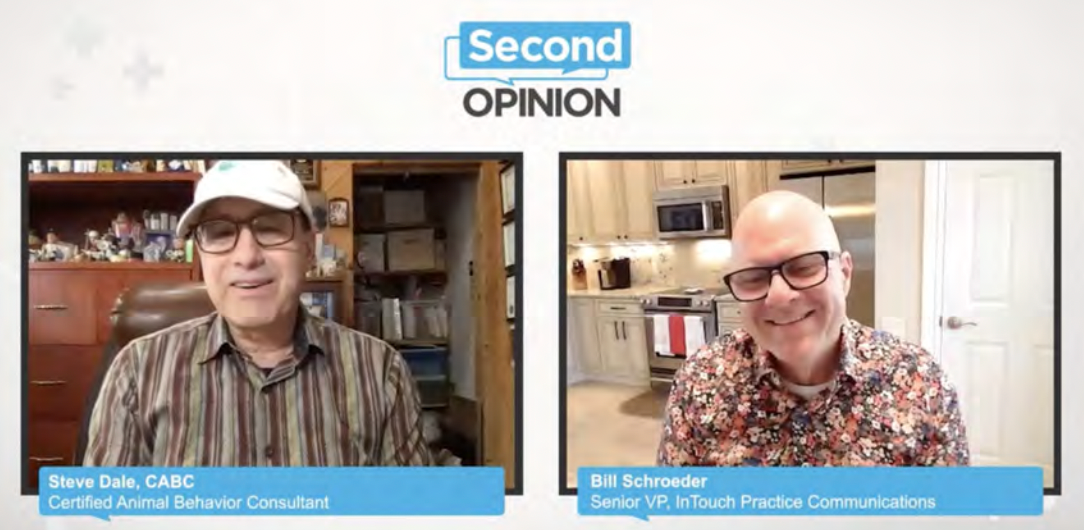Traditional vs digital marketing: rivals or teammates?
In an interview with dvm360®, Steve Dale, CABC, and Bill Schroeder, senior vice president of InTouch Practice Communications, weigh marketing options for veterinary practices.
Dale and Schroeder reviewing the different marketing methods in a dvm360® interview.

Forty years ago, when veterinary practices wanted to market their services, they purchased advertisements in phone books, tried to get their message across on radio and television stations, and sought word-of-mouth recommendations. With the rise of social media, marketing looks a lot different today than it used to. But has the time come to drop traditional marketing and focus only on attracting clientele through TikTok videos and other social media platforms?
During a recent segment of Second Opinion for Medical World News®, Steve Dale, CABC, a longtime radio host in Chicago, Illinois, and Bill Schroeder, senior vice president of InTouch Practice Communications, explained the differences between marketing strategies and highlighted the pros and cons of each.
Digital and traditional marketing
According to Dale and Schroeder, traditional marketing is the way society has always done its marketing— offline—whereas digital is anything that is done online. “[Traditional marketing] can be the yellow pages. But traditional marketing is also using traditional media [like] a newspaper...as well as television and radio,” Dale said. “It is not only advertising...it’s getting your name out there in other ways.”
In this sense, traditional marketing might be effective, but only to a certain extent and based on the clientele. Practices that are still employing traditional—and only traditional—marketing risk losing potential clients. Schroeder explained some methods that worked in the past will not work on younger clients today, such as phone book advertisements.
On the digital side of marketing, Schroeder believes that it is not a battle between traditional and digital, but more of a question of how they can work together to reach as many people as possible. He gave the example of the rise in QR code use as a result of the COVID-19 pandemic. By combining a traditional way of marketing, printed flyers, and a digital way, such as QR codes, practices can reach a wide variety of people at the same time instead of targeting only one section of the market.
"I am a big fan of traditional…because I believe many people have abandoned it. I think that they should turn around, at least from the practice side, where they would say, ‘OK, I want to focus all my efforts on digital, or things like that’, and they create this wide-open lane for practices,” Schroeder said. “You have this medium out there that has always been tried-and-true for reaching a really good segment of our communities, and with that comes an opportunity. I believe the magic happens when you marry digital and traditional marketing."
Conclusions
Although different, the 2 strategies are working together, Dale and Schroeder believe. This partnership is a good way for practices to reach as many potential new clients as possible. “There are more choices, and you are not going to get the audience you might have [gotten] 40 years ago because there weren’t [all these] choices, but that does not mean [traditional marketing] is any less important,” Dale said. “It is still a way to reach a lot of people at once and to get messages across that, at the end of the day, help pets and help you promote you and your practice.”